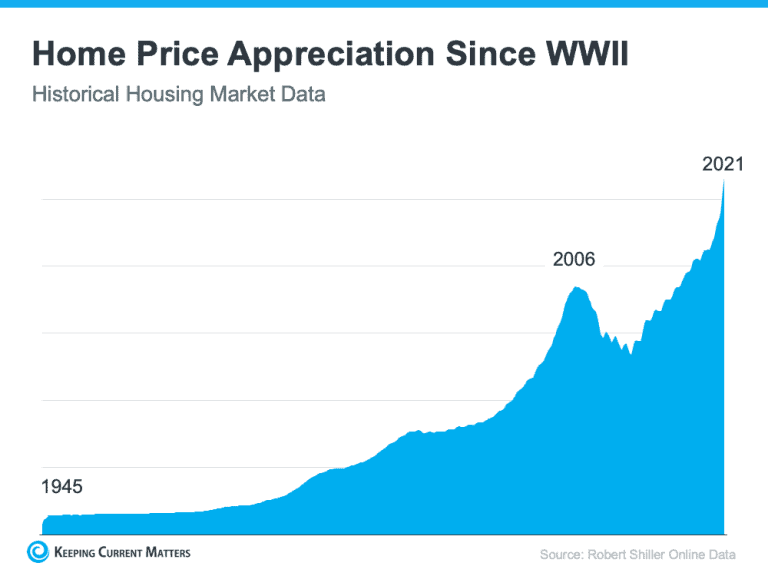Denver has so many great things about it… but there are some things you should know if you’re considering moving to the area.
Here are 10 Things to Know About Living in The Denver Metro Area:
1. We have Beautiful Scenery and Literally 300+ Days of Sunshine
Okay, the scenery comment may be subjective, but you have to admit that even though Denver is not in the mountains, the view of the Rocky Mountain Range is pretty breathtaking. Especially when the snow capped mountains are basking in sunlight. However, it is a fact that Colorado gets more than 300 days of sunshine per year – it might be cold sometimes but it’s sunny! Something most of the Midwest and east coast can’t say. No miserable gray winters here, promise.
Did you know that, Katharine Lee Bates sat atop Pikes Peak (near Colorado Springs) and wrote “America the Beautiful,”? One of the most well-known patriotic songs of our time was inspired by the scenery of Colorado.
Denver, a.k.a. the Mile High City, with its blue skies and panoramic mountain views, is perhaps one of the most beautiful areas in the country. Don’t just take our word for it, countless authors and musicians have written and sang about its beauty across the ages.
Whether it be the scenery or the sunshine that draws people to the area, there’s no denying that Metro Denver is one of the fastest-growing cities in the nation, with almost 100,000 people moving there in the past seven years.
2. A Lifestyle For Anyone – Active or Not
Now most will say that people in Denver and the surrounding areas are very active, and they are, but it’s also true that not everyone skis or hikes or bikes all the time. There are many natives and transplants alike that just enjoy being here even if it involves just sitting drinking and shooting the breeze with friends. Most people find Denver to be very laid back and non-judgemental… you do you.
3. Great weather
If you like four seasons, nice reasonable summers, beautiful colors of autumn, snow in the winter, and beautiful cool springs, you can find all of that here in Colorado and the Denver Metro area.
Yes, it can get cold in the winter but the cold and snow are mixed with days of sunshine. Highs in the winter can get to 50s and 40s in the heart of winter so months of dreary, cold, gray days are unheard of here. Days of snow are followed by days of sunshine – all the time.
4. Diverse neighborhoods
There’s a lot of history in Denver and if you’re into historic homes and architecture, Denver has plenty to offer.
Several neighborhoods in Denver are decorated with beautiful Victorian and Craftsman homes from the turn of the century along with 50s style ranches and more. Modern and contemporary homes fill the suburbs of Denver but secluded areas with horse property and mansions are hidden gems throughout the metro area.
5. Pro Sports
Denver loves it’s sports teams! Did you know, Denver is the smallest city in the country with six major professional sports teams? That should tell you something about the way Coloradoans feel about our sports.
- For Football – The Denver Broncos
- For Baseball – The Colorado Rockies
- For Basketball – The Denver Nuggets
- For Hockey – The Colorado Avalanche
- For Soccer – The Colorado Rapids
- For Lacrosse – The Mammoths
6. It’s Dry, Very Dry
Colorado is basically a high desert at the foot of the Rocky Mountain Range. It is dry year-round not only because of its high elevation but because it lacks large bodies of water around it. Furthermore, when temperatures drop and the weather patterns change, the air gets even drier. It can be a game changer for some but many prefer the drier climate and most people easily get used to it.
Some benefits of a dry climate include:
- Less mold
- Less frizzy hair
- Less humidity
- Less bugs
7. Altitude can take some getting used to
Denver got its nickname The Mile High City because its official elevation is that of 5,280 feet (one mile high) above sea level. Those who live at lower elevations are often not aware of the effects of altitude on health and physical abilities. While the body can easily adapt to high altitude living, it can take awhile and require patience as your body gets used to living with a little less oxygen.
There are benefits to high altitude living though!
- Golf balls travel 10% farther because the air is thinner and there’s less drag.
- Many athletes who live and train in high altitude find they can perform better at sea level because their bodies have more red blood cells so that more oxygen can be delivered to the muscles and lungs – an adaptation found in those who live at higher altitudes.
8. It’s Growing
The Denver Metro area is one of the fastest-growing cities in the country. According to the U.S. Census bureau it grew approximately 20% between 2010 and 2020. Now, with a population of over 3 million, the metro is scrambling somewhat to develop the infrastructure, transit, and housing needed to keep pace with the demand. Housing prices may be high depending on where you’re coming from and traffic can be a bit frustrating depending on the time of day and where you’re trying to get to – not much different than other big cities.
Public transportation is not as robust as other big cities but it’s growing too and can be great to get to downtown from some of the suburbs, get to the airport from downtown and commute from main areas of the Denver metro area.
9. Denver is Becoming Known as a Food & Beer Destination
If you love craft breweries, Denver and the front range (what we call the cities on the east side of the Rocky Mountains. i.e. Ft. Collins down to Colorado Springs, etc…) is the place for you.
In fact, Colorado has been coined as the Napa Valley of Beer. As of 2021, the Denver area is home to the second most microbreweries next to San diego.
Tip for those coming from sea-level: Before you acclimate (can take a year or two) remember to drink extra water when you drink alcohol. Otherwise, you’ll likely feel buzzed a lot sooner than you would in cities closer to sea level. Alcohol can have more of an effect due to thin air.
According to the Editor of Rocky Mountain Food Report, Dionne Roberts, “Denver’s craft culinary and beverage scene continues to show rapid growth with the influx of diverse and gifted chefs, brewers and distillers. More people want to be a part of the mountain culture and that adds depth to the growing number of options and cultivates a higher sense of quality in the cuisine.”
10. Denver is a regional epicenter of excellence in all levels of education.
Denver has several public school districts that have been nationally recognized for educational excellence including Cherry Creek School District, Boulder Valley School District and Littleton Public Schools.
Prestigious private schools are numerous as well. Some popular ones include Regis and Valor High Schools.
Respected higher learning institutions are also plentiful, including Denver University, The University of Colorado (main campus in Boulder but there are campus in Denver as well), Regis University, and Colorado School of Mines in Golden just 15 miles west of Denver, among others.
Denver has a lot to offer and is a popular place to move to for many reasons. There are a few things that can take some getting used to and we hope this article helps you prepare for those.
Our team has lived or at least spent significant amounts of time in pretty much every region of the United States and even abroad so we can speak to how Denver matches up with other places and give you a good idea of what to expect if you’re considering a move to Colorado.
We’d be happy to talk more about what you’re looking for and how we can help.







